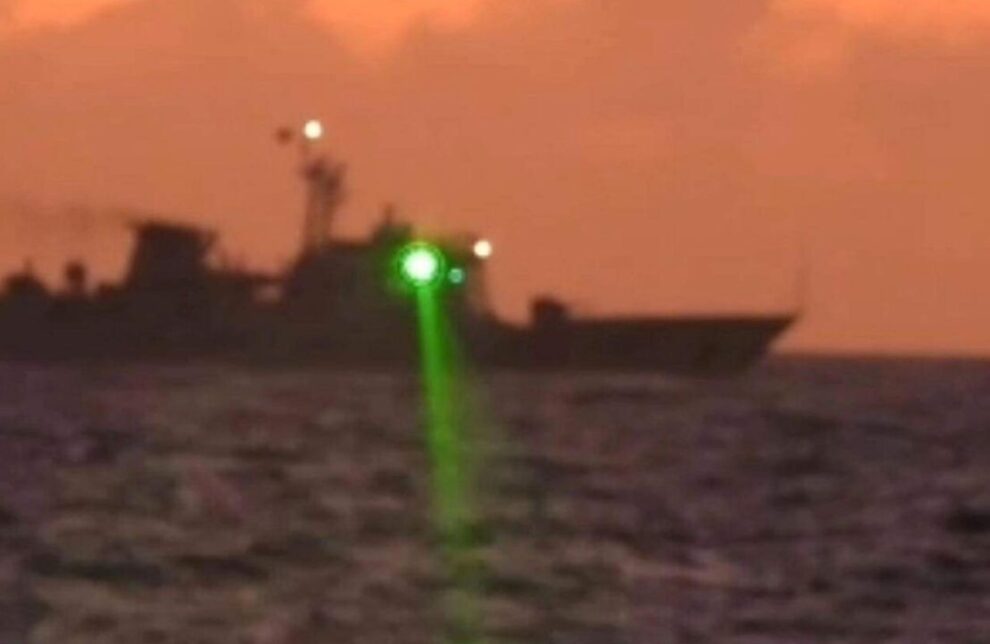The South China Sea dispute presents several relatively new phenomena in the modern study of relations among nations. In this seven-country disagreement, we can see how a country deliberately built islands in the sea so that it has justification for claiming 12 nautical miles from the outermost point of its artificial land and 200 nautical miles of the Exclusive Economic Zone (EEZ) beyond. It does not stop there; the situation whereby a country uses lasers and water cannons to uphold its claims in the sea is also an arguably new thing to witness.
China is one of the leading actors in the functioning of lasers and water cannons as claim-upholding tools in the South China Sea. In 2023, the country gives some examples of both military tool usage for the sake of its interest in the South China Sea. In February, a Chinese Coast Guard vessel aimed a “military-grade” green laser light twice at the Philippines Coast Guard in disputed waters, called the Ayungin Shoal in the Philippines and the Ren’ai Reef in China. The former illegally made a “dangerous maneuver” by coming within 150 yards of the rear right of the latter’s boat. The movement, as China’s officials argued, was made to respond to the Philippines’ disobedience and violation of China’s instructions and sovereignty.
Six months later, China’s Coast Guard was reported to have used water cannons against a Philippine boat in the South China Sea. Video from the Philippines showed a large Chinese-flagged ship spraying a much smaller Philippine boat that was attempting to deliver supplies to a garrison of Philippine marines on Second Thomas Shoal, a South China Sea feature in Manila’s EEZ that China calls Renai Reef and also claims as its sovereign territory. Again, China’s government officials call the act justifiable since the victim “illegally” intruded on China’s territorial part.
Source: hstoday










